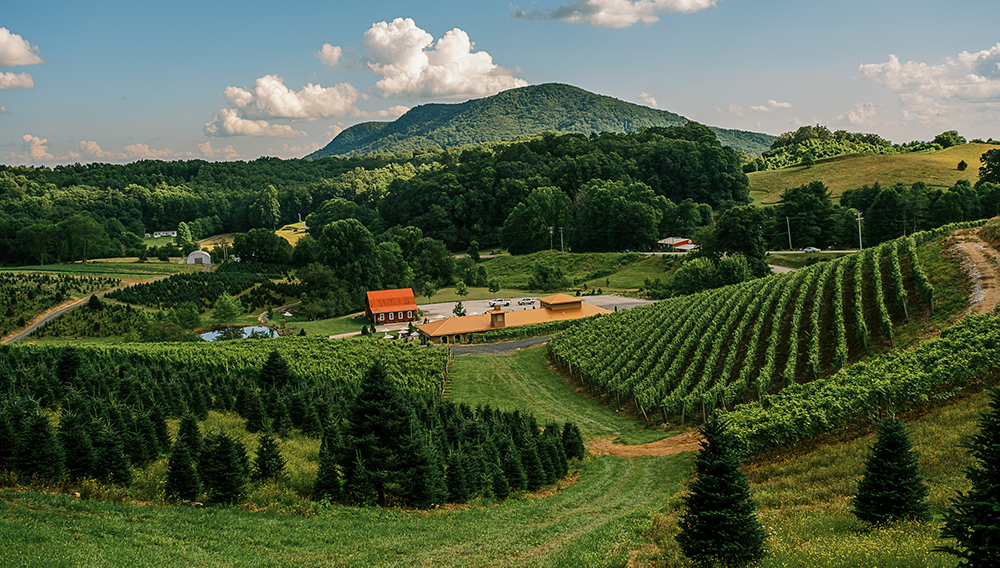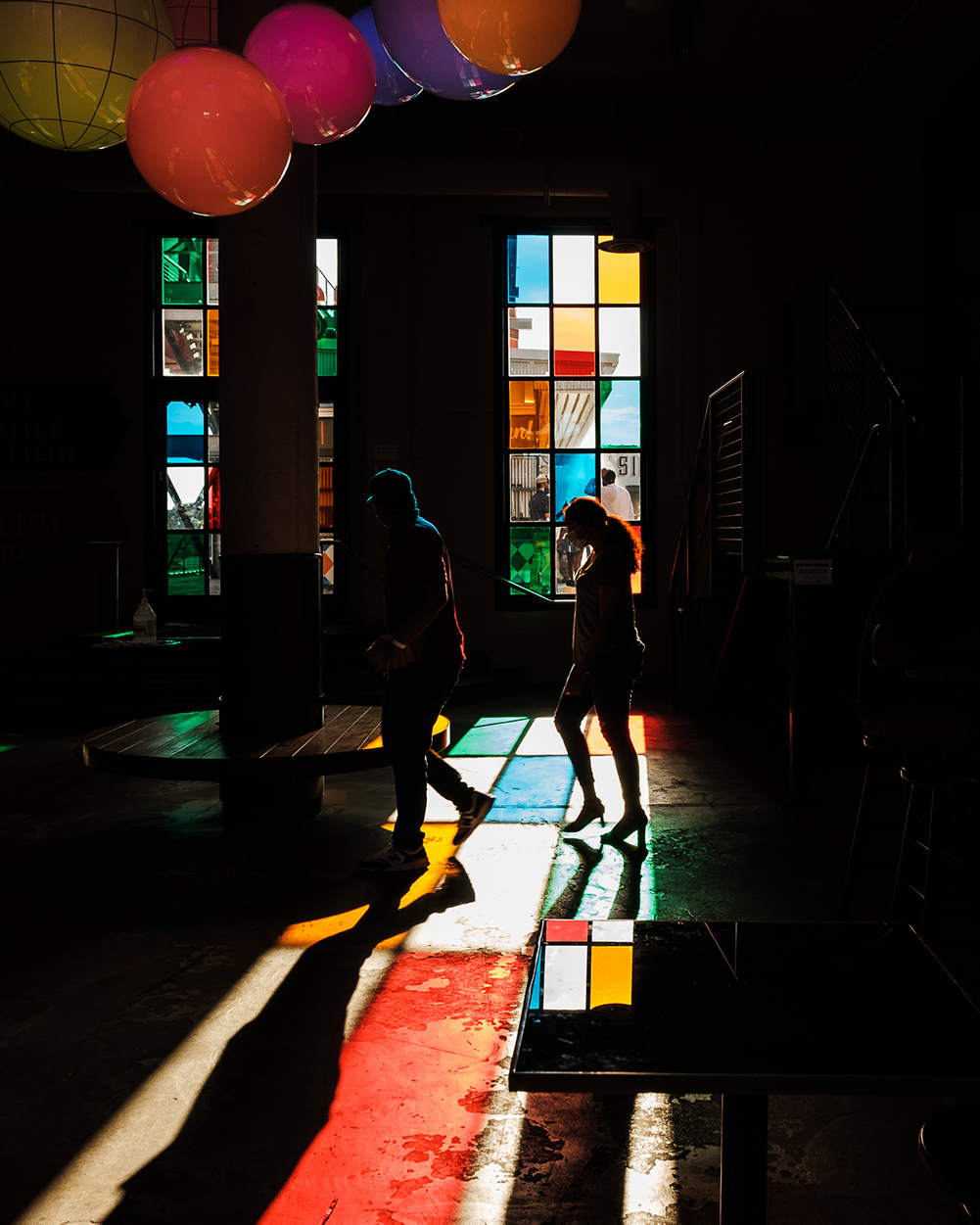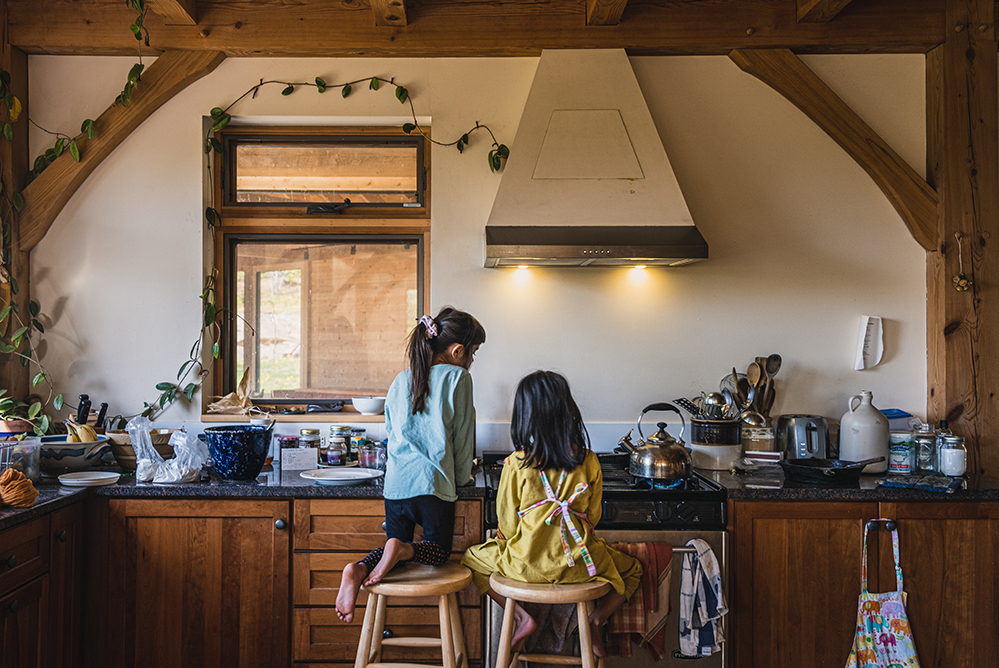 Students of Storytelling
Students of Storytelling 
Max Correa says that when it comes to making powerful imagery, he seeks out stories that have more depth and humanity than one might think at first glance.
Correa won the Fujifilm Students of Storytelling competition for his project aimed at breaking stereotypes of rural Appalachia by documenting the wealth of culture and diversity the region has to offer.
Fujifilm created the contest to identify the next generation of U.S. storytellers, and to provide them with Fujifilm X Series or GFX System gear to bring their vision to life.
Rangefinder: What interests you as a storyteller? Which stories are you drawn to?
Max Correa: My work in photojournalism, especially in a small college town, has taught me to treat every story that comes my way as a challenge to make something interesting. Making powerful images of a nationally ranked football program winning a conference championship is easy; doing the same for a grocery store shutting down is not. While I do love grand and provocative imagery, oftentimes the mundane and “boring” stories have a lot more depth and humanity to them then is available at first glance.
Rangefinder: What stories do you want to share through your work?
MC: The truth—it is the most important story to be told, and it remains as such today. It may be knowledge-intensive and requires quite a bit of objectivity and effort, but in the end, I don’t believe that ignorance is bliss. Knowing that you spread light and clarity where there may have been darkness and obscurity is blissful enough.

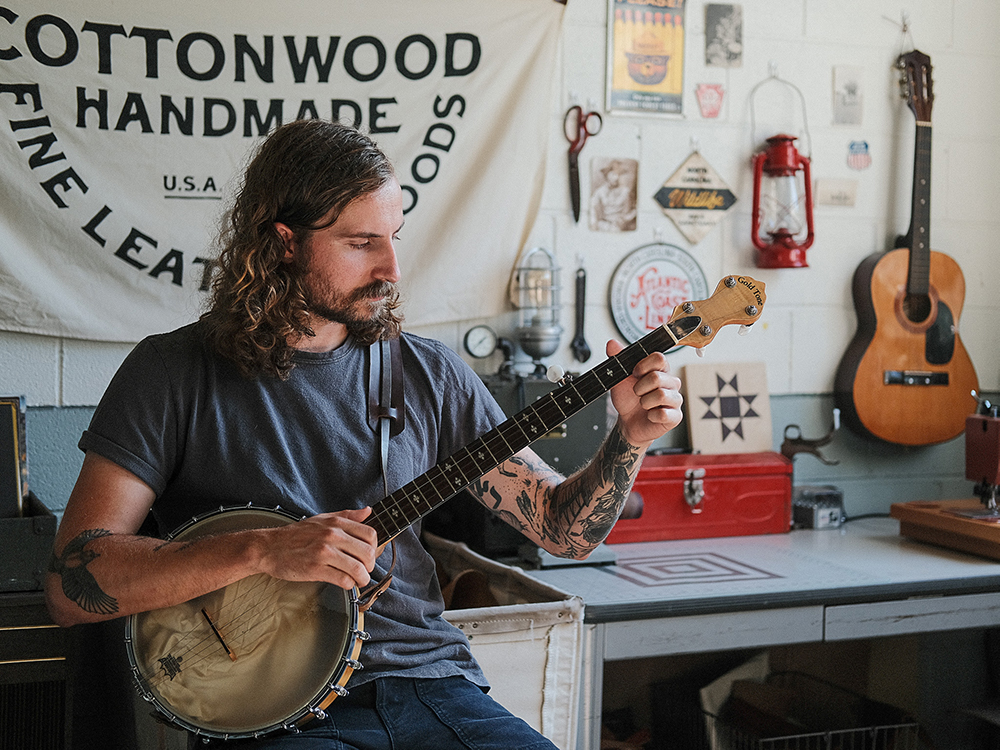
Rf: Describe the evolution of your style and approach. How has it changed over time? Why has it changed? What (and who) has influenced your work, and how?
MC: In the beginning I was almost exclusively a nature and landscape photographer. I was, and still occasionally am, uncomfortable making photos of people. During my first year or so working behind a camera, I never really had any major influences over what or how I would shoot and I personally think of this as an asset, as I got to develop my own shooting, editing and compositional style without trying to mimic another photographer’s work. As I moved towards documentary and photojournalism, I began to fall in love with the work of Micha Bar Am, James Nachtwey and Zalmy Berkowitz. While they have photographed vastly different subject matters, and for different reasons, all their images strike a balance between depth, candor and simplicity. I strive to achieve that balance in my own images; they are truly gifted storytellers.
Rf: What are the key things you have learned or done that have helped you advance your career since you began shooting?
MC: I have a good habit of not saying no to assignments, even if I have no experience in the field it relates to. Everyone will, occasionally, make technically terrible images, even far along into their career, but it’s the experience and knowledge of what not to do that allows you to grow. Otherwise, research and investigation will always be a massive help in my career.
Rf: What is the most helpful piece of advice you’ve received and followed? Who gave it to you?
MC: My mentor Neil (also a Fujifilm user) once told me: “Learn the rules, and then burn the rulebook. You can’t stay true to your vision if you limit it to what’s subjectively deemed ‘good’ and avoid ‘bad.’” That, and “make sure you take your lens cap off the next time you try a 30-minute exposure.”
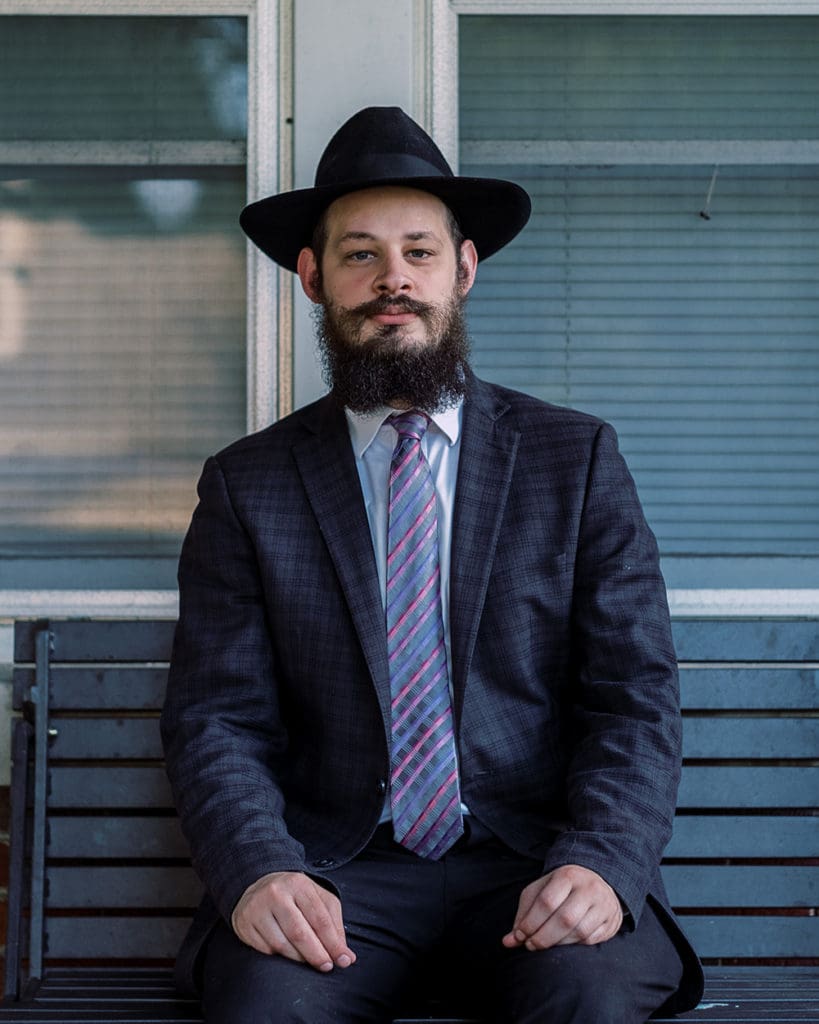
Rf: How has photographic education affected your career and development as a photographer?
MC: I only delved into photography relatively recently; most of my knowledge on photography and storytelling is either self-taught through trial and error, or what I could gather from watching too many YouTube tutorials at 3 a.m. Having a large spread of work—including sports, journalism, and nature—allowed me to apply techniques across genres, but it has still been no match to the help that Fujifilm has given me. Having the intrinsic knowledge is one thing; putting it into words and explaining it down to a science is another thing entirely. I initially had no clue how the directionality and harshness of light would play into my images or how intellectual property law worked. This has all been taught to me because of Fujifilm’s interest in my project.

Rf: Can you tell us about your submission to Fujifilm’s Students of Storytelling program? How you came up with the project?
MC: My project for Fujifilm highlights the wealth of generational culture that rural Appalachia has to offer. I would like to break the stigma that this region is some outdated, decrepit and backwards tract of land, and instead highlight its beauty, depth and unique lifestyles despite systemic adversaries like poverty and infrastructural and educational disadvantages. To do so, I will select individuals with ties to the region and tell their stories. From the first man to grow European grapes in the Blue Ridge Mountains to the stonemason who learned his craft through miso production, to my own mother, they all have vastly different life experiences, struggles, and successes, but one common vein runs through them all—they all have a deep love and understanding of their home, and combine older lifestyles or techniques with a rapidly changing world.
Rf: How have your studies affected your approach to photography and storytelling?
MC: If anything, they’ve allowed me to enjoy photography and storytelling more as a creative outlet. As a biochemistry student, most of my time in class is spent doing an obscene amount of math and working out reactions in my head. Being able to get out and tell an unadulterated story through my camera allows me to maintain a balance of creativity and work. That being said, my background in chemistry gave me a little inspiration to include fermentative processes into my project, in the form of viticulture and winemaking in Appalachia, as well as highlighting the need for food preservation in impoverished areas.
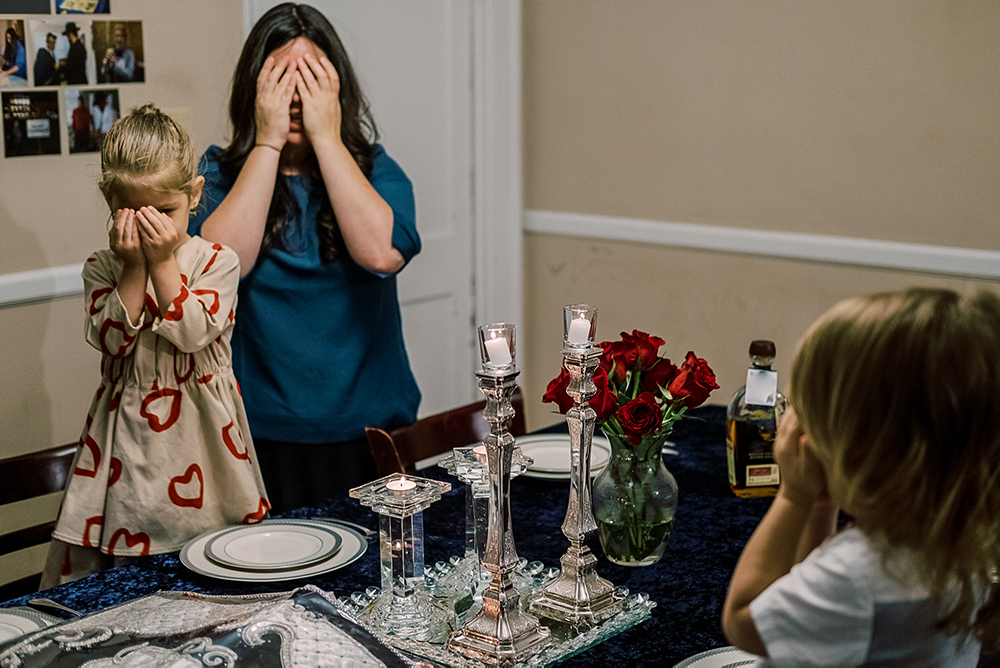
Photographed on a Fujifilm X-T3 camera with a 35mm f2 lens.
Rf: What motivated you to document rural Appalachia? What are you hoping to achieve through this work?
MC: I grew up in Miami, Florida, as a Latino Jew. The day after I graduated high school my mom and I moved to a cabin in the woods in the spiritual heart of the Bible Belt, 15 miles from even the nearest town of 900 people, with minimal to no connection to the outside world. To say that I initially had culture shock is an understatement; I came to the area with the belief that I would be, at best, harassed, at worst attacked, by locals for my differing culture, ethnicity and faith. However, I found that those concepts were founded in outdated stereotypes and stigmata surrounding the region. While I have had a few “incidents” in the past, the overwhelming majority of Appalachian people are the opposite of the backwards, fearful, group I was expecting. They are warm, welcoming, and above all, strong beyond belief due to the massive burdens they continue to overcome. As I assimilated into their world, I realized that plenty, if not most, of my friends back in Miami or anywhere else in the United States might uphold the same stigmas that I once did. I felt it was my duty, as someone with a leg in both worlds, to try to break those stigmas. I hope my work, with the right set of eyes and an open mind, will be able to change people’s minds about what life is like here.
Rf: What works have you produced with your new Fujifilm systems?
MC: Beyond my content for Fujifilm, I’ve been working partly doing graduation photos for students at my University, as well as for landscape and nature work when I have time to hike. It’s always fun to take pictures of my dogs, too.
Rf: Where do you see your work going from here?
MC: I will continue to document and advocate for Appalachia, and I will continue to work for my University newspaper, but beyond that everything is up in the air. As long as photography continues to be a source of happiness and creative expression in my life, be it as a hobby or as a career, I will be content.
Rf: Which brand, media outlet or agency is your ideal client? And why?
MC: Toughest question I’ve had to answer in a while. As a photojournalist, TIME, The New York Times, and National Geographic are all on my bucket list due to their status as titans of the photography and journalism industries. However, all the front pages and online clout in the world mean nothing if you don’t have a solid support system and a group of like-minded people working with you. To that end, I think being able to work with, or eventually for, photojournalistic/reportage agencies like Noor Images, VII Photo, or FLASH90 would be an incredible opportunity.
Visit the official Fujifilm Students of Storytelling site for more information about the complete program. Follow @bigkidsmallcamera to stay up to date with Max Correa.

